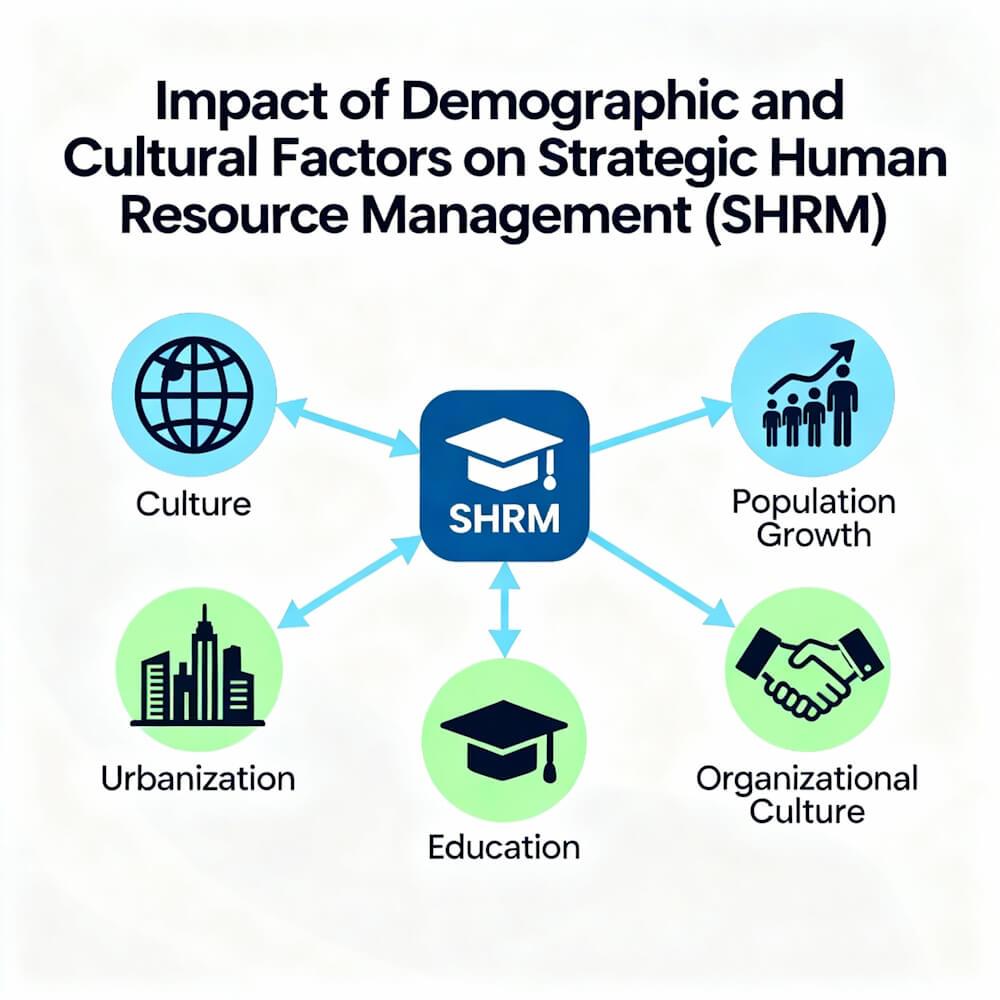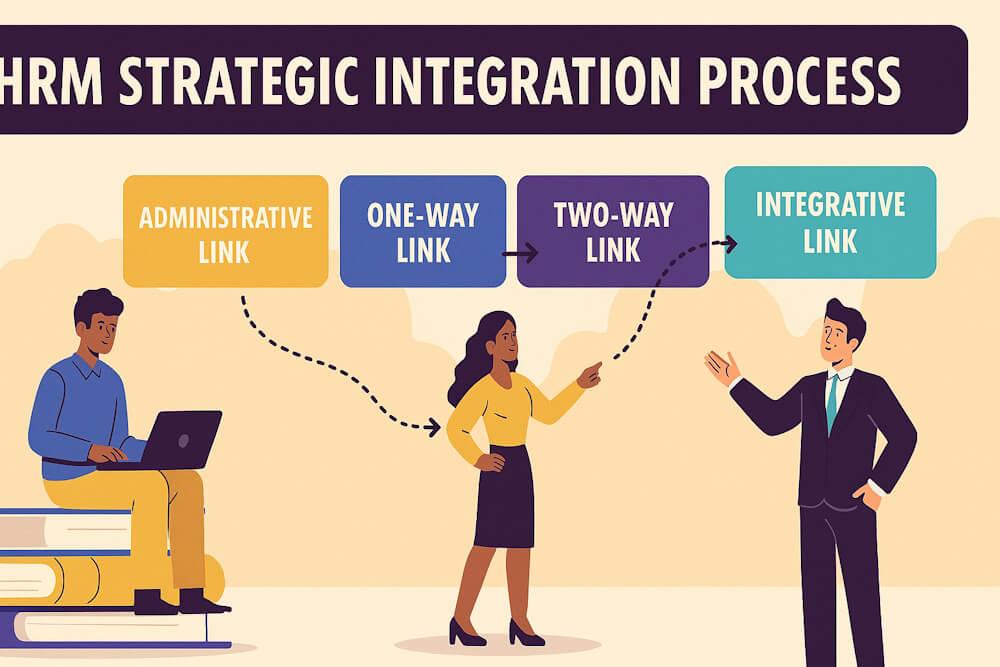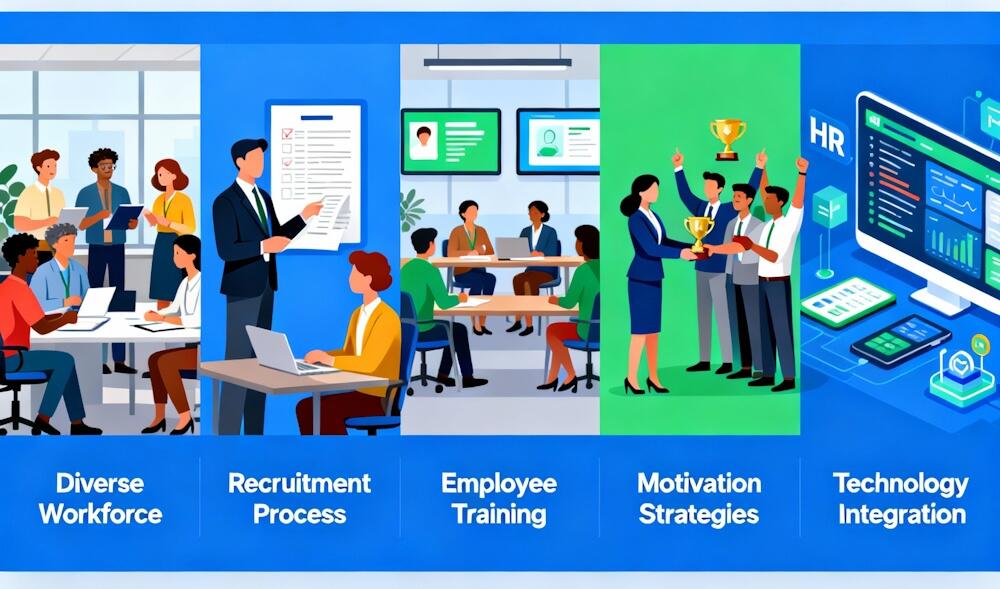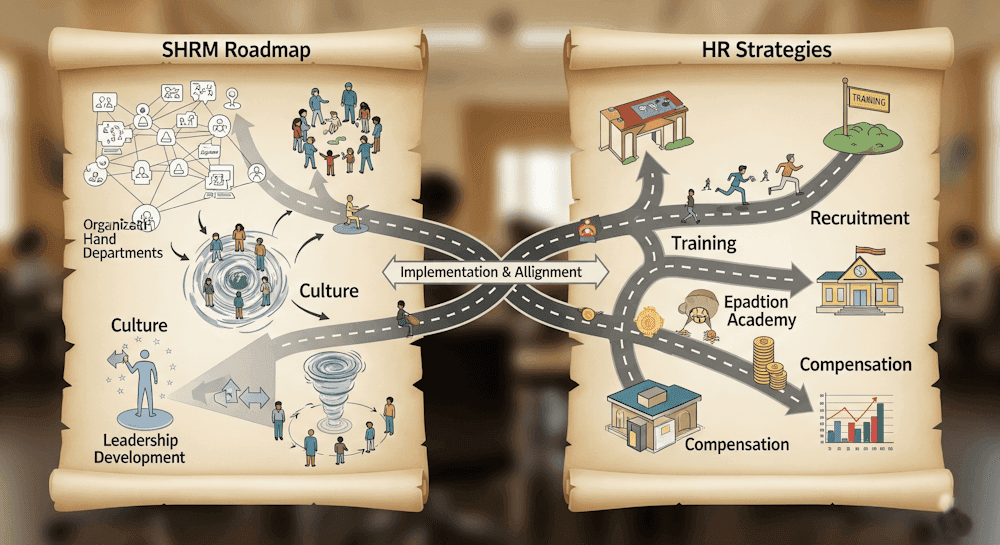Cultural Factor
Culture is a way of acting that is passed down from one generation to the next. G.C. Schneider says, "It is the glue that holds an organisation together." Hofstede looks at five areas: individualism vs. collectivism, power respect vs. power tolerance, uncertainty acceptance vs. uncertainty avoidance, aggressive goal behaviour vs. passive goal behaviour, and long-term perspective vs. short-term outlook.
Not everyone in society has the same views, but it is possible and helpful to make a broad classification based on this foundation to understand a society's main tendencies.
Organisational Culture
Organisations create their own culture, which is shown in the vision, values, and beliefs of the promoters, the management philosophy, the design and hierarchy of the organisation, the style of leadership, the way people communicate, the work environment, the HR systems, and the rules for hiring, promoting, paying, training, and empowering employees, among other things.
Open vs. Bureaucratic Culture
Some organisations have an open culture that values informal relationships, a pleasant work environment, decentralised decision-making, and chances for employees to grow personally within the organisation. Others have a more bureaucratic culture that values formal relationships, rules, regulations, procedures, centralised decision-making, and few chances for employees to grow personally.
The organisational cultures of Western nations exhibit distinctions from those of East Asian nations, including Japan, India, China, and others.
Demographic Factors
Human resources are growing, but other natural resources are getting smaller. The world's population is getting close to 7 billion, and every year it grows by 83 million people. It has grown more than twice as much in the last fifty years. Population growth had never been that fast in the last 200,000 years.
The world and its resources are being put under a lot of stress because the population is growing too quickly.
Global Population and Resource Pressure
The World Wildlife Fund (WWF) says that if the ecosystem keeps getting worse at its current rate, people will need at least two planets' worth of natural resources by 2050. In just the last few decades, biodiversity has already been hurt. Terrestrial species have dropped by 31%, freshwater species by 28%, and marine species by 27%.
Ninety percent of the world's population growth happens in countries where there is already poverty, illiteracy, and civil unrest. Asia has 61% of the world's people, Europe has 12%, Africa has 13%, and the Western Hemisphere has the other 14%.
India's Demographic Situation
India has 1.21 billion people, making it the second most populated country in the world, according to the 2011 census. At the moment, China is in first place. India's population has grown by more than three times since 1947. The birth rate is 2.8 percent, which is one of the highest in the world.
By 2050, India's population is expected to be between 1.5 and 1.8 billion people. By the end of the century, the country will have more than 2 billion people.
Socio-Economic Impact
Rapid population growth has made life worse and worse for a large part of the population. Almost a third of the people in the world live in poverty. Things aren't much better in most of the new countries. There are two kinds of people in the world: those who have and those who don't.
Some people call it the "demographic dividend" because half of India's population is under 25. Taking care of the country's young people by feeding, educating, housing, and giving them jobs is a huge job.
India needs to grow by double digits every year to avoid becoming a "demographic burden" by giving jobs to the growing number of people who work.
Urbanisation and Rural Shift
Almost 70% of Indians live in rural areas, but in the last few decades, a lot of people have moved to bigger cities. This has caused a huge increase in the number of people living in cities, which has led to mega slums and problems with quality of life, social peace, and the environment.
India has the second most elderly people in the world, after China, even though it has a lot of young people. India has about 18% of the world's people but only 2.4% of the world's land area.
Because of political and social issues, efforts to control the population have mostly failed. Because of this, the country has a big demographic problem.
Literacy and Education
India's literacy rate has gone up from 64% to 74% in the last ten years. This includes a significant rise in female literacy for the first time since independence. But there is still a difference between boys and girls in school. About 82% of men can read and write, but only 65% of women can.
The higher education system in India is growing. The country has the third largest education system in the world, after the US and China. India's IIMs, UTs, and other colleges and universities are some of the best places in the world to learn, teach, and do research.
But the number and size of schools and other educational facilities are not nearly enough for a growing population. There is a difference between what is available and what is needed.
Conclusion
Demographic and cultural factors play a vital role in shaping Strategic Human Resource Management (SHRM). While culture influences organisational values, leadership style, and communication, demographic factors determine workforce size, education level, and employment opportunities. Understanding both helps organisations develop effective HR strategies that align with national and global realities.







